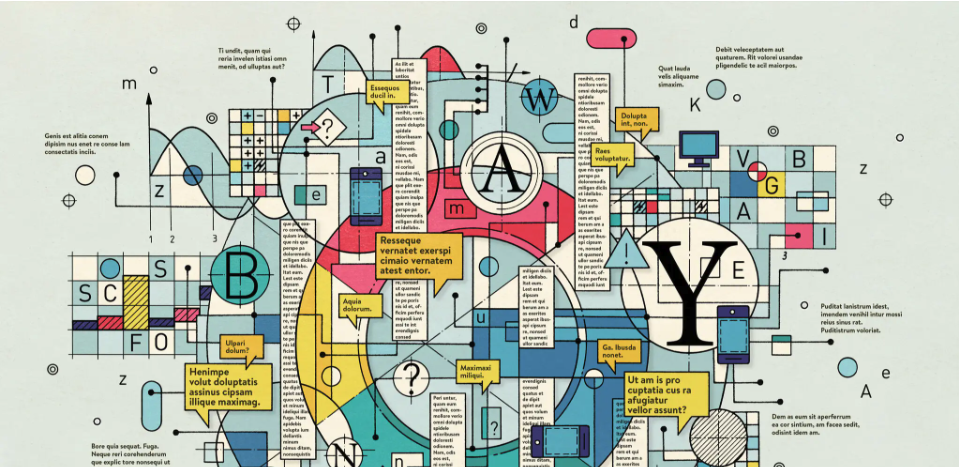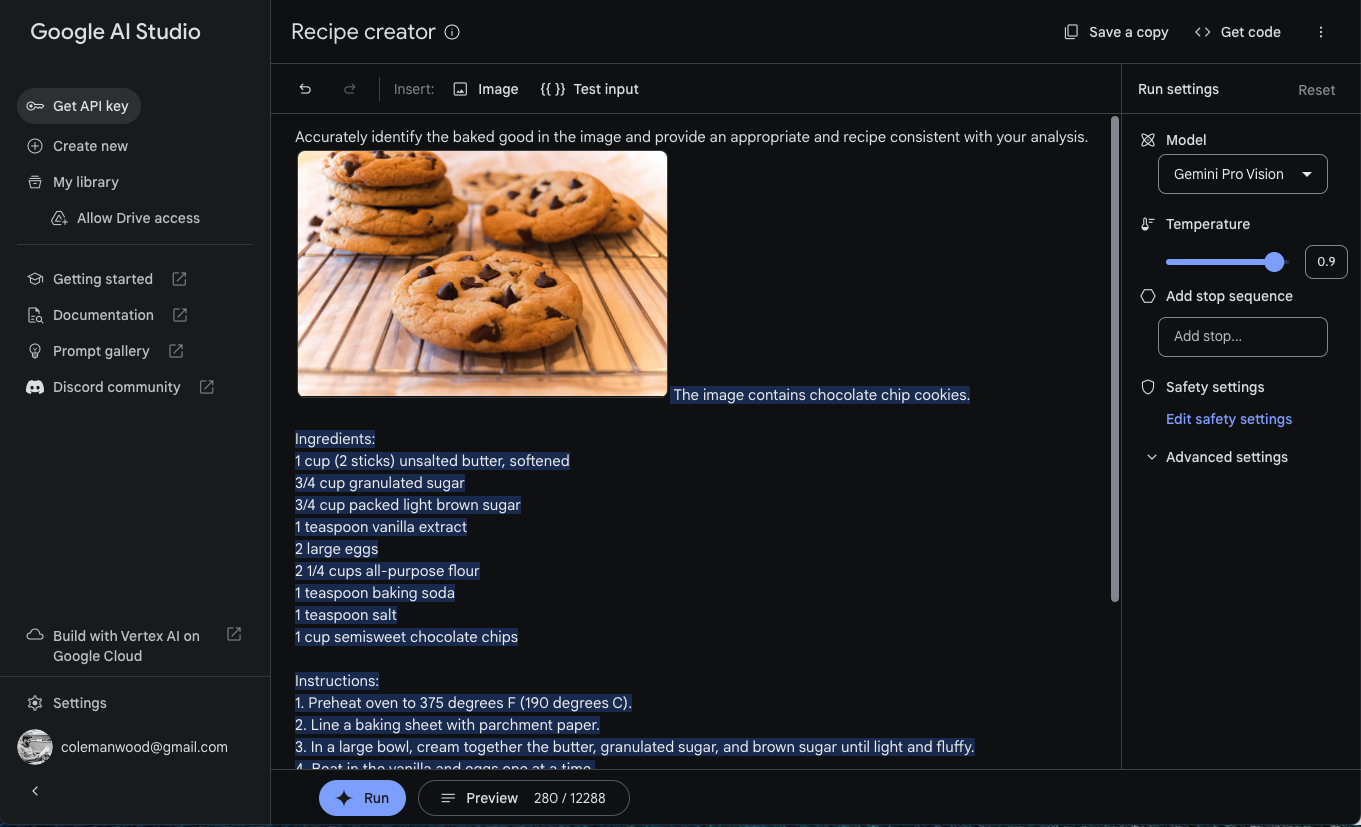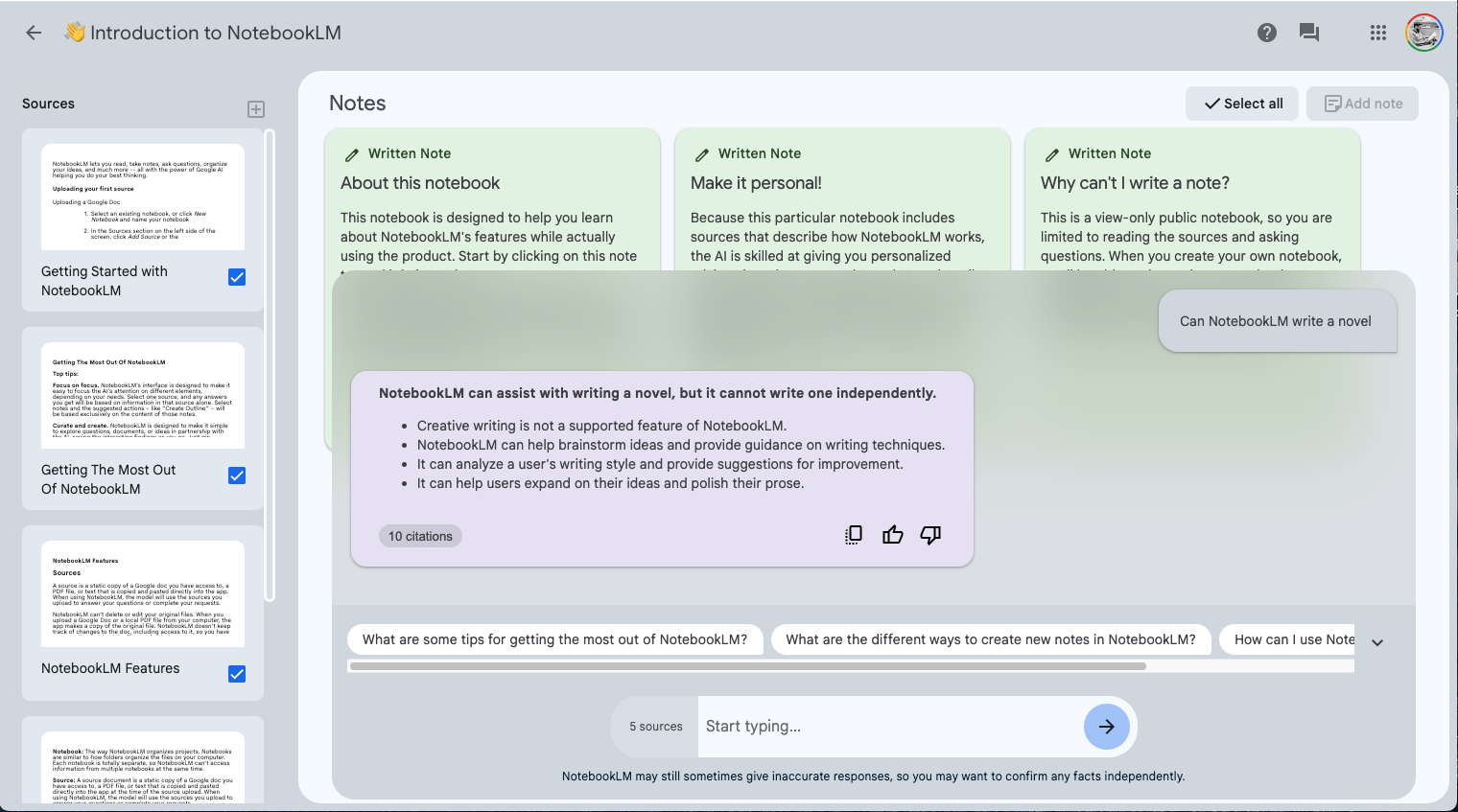Google Labs: Generative AI Product Launches
Background
In November 2022, OpenAI launched ChatGPT and set off a generative AI arms race.
Google, rushing to catch up, began fast-tracking new AI products companywide.
One Google Labs’ biggest bets was MakerSuite, a browser-based generative AI prompting tool. Early user research of the MakerSuite prototype uncovered that:
Multiple participants experienced difficulty following both the UI and language across all three prompts, stating it was in many places unintuitive, confusing, ambiguous and inconsistent.
The problem: Google Labs did not have a single content designer, and early user testing showed that content was a weak spot in the product.
MakerSuite was debuting at the Google I/O conference in just three months, and two additional generative AI products were right behind it, so Google asked me to help.
The goal: Launch three new generative AI apps 0-to-1 in less than six months. work.
Approach
Phase 1
My early work on MakerSuite included:
Onboarding myself to the world of generative AI and our potential competitive set.
Auditing the entire user experience for MakerSuite.
Revising all UI copy based on my landscape research and user research.
Creating content design guidelines for MakerSuite that could be used in other generative AI products.
Collaborating with product designers on additional UX design work.
There were several underlying challenges with this project.
The generative AI landscape and Google’s language models themselves were changing at breakneck speed, so it was challenging to prepare the product for launch when its underlying technology was changing weekly.
We made the decision to create a more minimalist, copy-light design of a product that has a steep learning curve.
Launching the product at I/O created an added layer of secrecy. We had to conduct research with external users while maintaining confidentiality.
Phase 2
Once the MakerSuite MVP launched in May, my work split into multiple workstreams.
I helped design new features and make UI fixes for v2 of MakerSuite, which would have rolling updates throughout the summer.
We began designing NotebookLM, an AI-powered note-taking and research app that was being prepared for a fall launch.
We shipped the beta version of AI Test Kitchen for its limited access launch.
In addition, I was frequently brought in to consult on other AI projects that needed content help.
Phase 3
In late fall, Google decided to open up all three of these apps to general audiences as part of a quickly-announced AI week PR event in early December.
We were tasked with completely redesigning and rebranding MakerSuite as AI Studio to coincide with the launch of Google’s new Gemini AI model — and we had less than a month to do it.
With NotebookLM preparing for its public release, I had to quickly build a help center microsite, creating the information architecture for the sitemap, revising all existing help content, and creating new content to fill in the gaps.
AI Test Kitchen had expanded from one tool into a platform containing three tools, and I participated in multiple design sessions to finalize the UI for three different products within this platform.
Results
AI Studio
As MakerSuite, it had approximately 14,000 weekly active users.
This increased to approximately 36,000 users following relaunch (for a developer-focused product).
50,000 users visited the marketing landing page.
It served as core part of the launch of the then-new Gemini AI model.
NotebookLM
In the week after launch, the active user base grew from 14,734 to 48,264 (227% increase).
As of 12/12, more than 100,000 users had tried NotebookLM and it had more than 8,000 daily active users.
We earned media coverage in Wired, Tech Crunch, and The Verge.
AI Test Kitchen (specifically MusicFX)
In the first month after the re-launch, users had created 10 million tracks.
They downloaded or shared more than 100,000 tracks.
Learnings
When you’re brought in late, be adaptable
I was brought in mid-stream, so I had to ramp myself up quickly while contributing to my teams. That meant educating myself while providing the kinds of quick wins that could build trust and respect. The situation is never ideal, so you have to trust that you know how to do your job and trust that it will work out.
Good content design is good UX
The best way to be helpful is to not limit yourself just to the text. Good content designers know a lot about UX design, too, and I contributed to interaction and visual design decisions and work in addition to content decisions. By the end of my assignment, I had multiple designers tell me how much they appreciated my perspective on the entire user experience, not just the content.






